Tom Philp: Is there common ground for Gavin Newsom, Trump on forestry? Timber!
Published in Op Eds
In California, Gov. Gavin Newsom wants to cut down lots of little trees for fire protection. President Donald Trump wants loggers to cut down bigger California trees for lumber. Between these two oft-warring leaders, is there a policy marriage of sorts in the woods?
At first blush, the answer appears to be yes.
The governor wants to reduce the fire dangers on a million California acres a year. The president wants to increase timber harvests by 25% on the state’s national forests. On paper, these two agendas are entirely compatible.
But it’s one thing to order more trees to fall in a national forest. It’s another to plan for large-scale forestry operations, which takes staff and time. Trump’s team so far has shown more interest in cutting forestry staffing in California than cutting down trees. And that may stall any real changes on the ground, despite an executive order signed by the president demanding action.
“The stroke of a pen is not going to change how lands are managed,” said Patrick Wright, head of an existing state-federal partnership on California forestry whose origins date back to the first Trump Administration. “It can affect things at the margins. But for the most part, forest planning is done at the local and regional level.”
California forestry is a partnership
One out of every five acres in California is in a national forest. Overall, federal agencies own and manage about half of California. Only about 3% of California’s land mass is owned by the state government. So when any governor wants to change how land is managed in California to reduce fire dangers due to rising temperatures and climate change, it’s done through partnerships.
Newsom’s predecessor, Jerry Brown, tried to double the annual acres (from 250,000 acres to 500,000) in California that are thinned of the buildup of brush and small trees that can turn a modest fire into a historic conflagration. Not to be outdone, Newsom in 2021 doubled Brown’s goal to a million treated acres annually. In 2021 alone, wildfires burned more than 3 million acres statewide.
Trump and Newsom have had some testy political moments after fires. In 2018, after the devastating blaze that leveled the Butte County community of Paradise, Trump lauded how Finland’s forestry has emphasized “a lot of raking and cleaning.” After January’s devastating fires in the Los Angeles area, Trump blamed the blazes on a lack of water from Northern California, despite record amounts of water storage in Southern California.
But in the aftermath, when it comes to forestry, both leaders have found themselves on similar political pages: Newsom issued an executive order waiving environmental laws to accelerate forestry thinning efforts. Trump’s team emphasized reduced regulations as well to increase timber harvests nationwide by a quarter as part of a broader agenda to develop more natural resources domestically.
Will staffing cuts be Trump’s forestry downfall?
In 2023, California fell short by about 25% of its target to reduce the fire risk on a million acres a year. There’s room for more timber harvests that also reduce fire dangers to meet that target and some perhaps surprising political support to do so. John Buckley, a Twain Harte-based forestry activist in the Stanislaus National Forest, said he supports more logging if “done consistent with conservation policies and applies selection logging treatments that can be consistent with creating open, park-like forests that make them less vulnerable to high-severity wildfires.”
But planning a large-scale timber harvest in California, even with all these executive orders, takes time. At current speeds, said Wright, some harvests envisioned today won’t happen until the next president’s administration. And nobody can do more than speculate how additional cuts to forest service staff will impact how many logging plans those remaining can manage in the years ahead.
“Staffing constraints are certainly a problem in the USFS for many activities, including timber sale administration,” said J. Keith Gilles, a veteran of California forestry and now a professor emeritus at the University of California, Berkeley.
“It’s going to be potentially more difficult to get things done with reduced staffing,” Wright echoed as well.
Summer is fast approaching, and a Sierra snow pack that was average by historical standards will be just a memory under the scorching sun. It will be a tragic and missed opportunity if Sacramento and Washington can’t make progress on something so important — the health of our forests — when they have more in common than not. Asking the U.S. Forest Service to do a lot more in California, with less foresters, is a recipe for inaction.
______
©2025 The Sacramento Bee. Visit sacbee.com. Distributed by Tribune Content Agency, LLC.
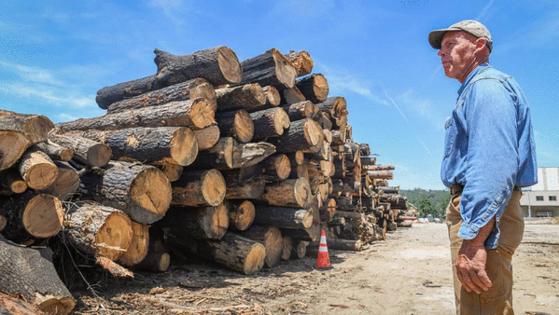






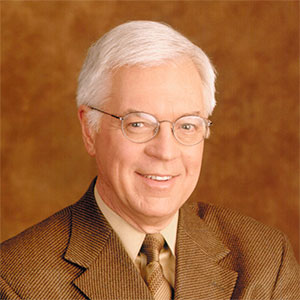
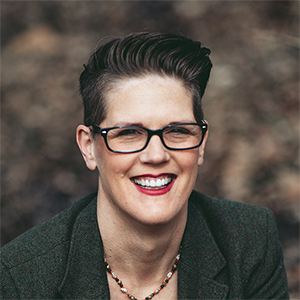












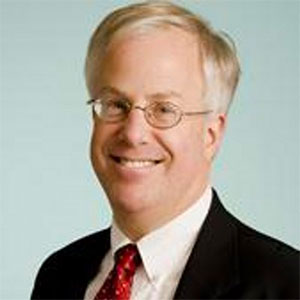

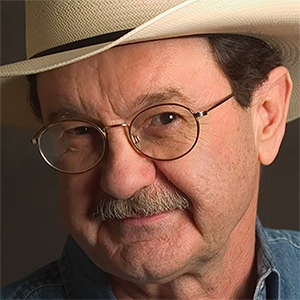

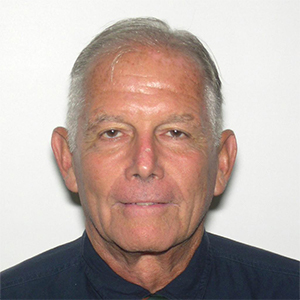


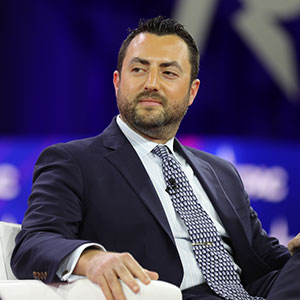
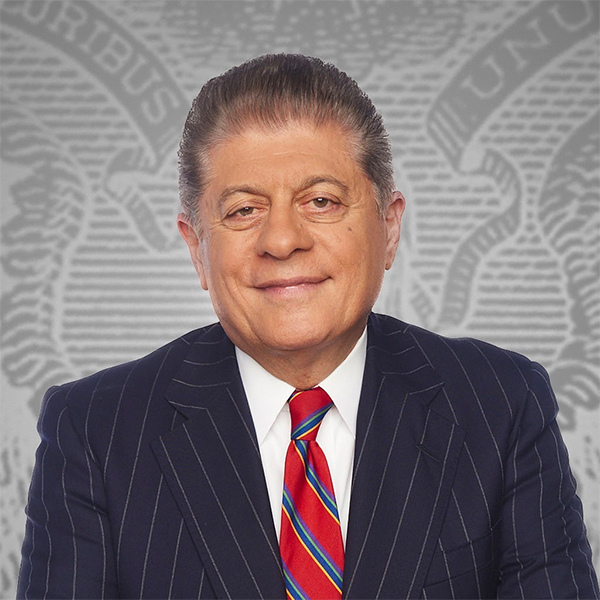


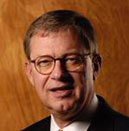
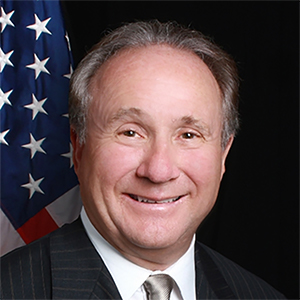

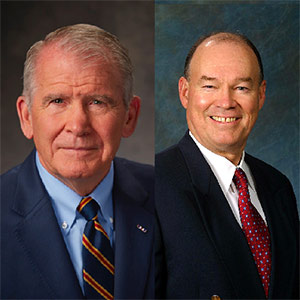



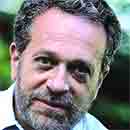



















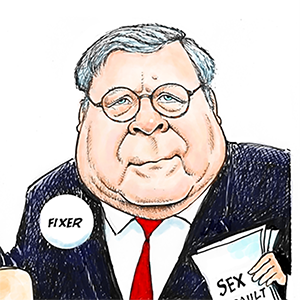
Comments